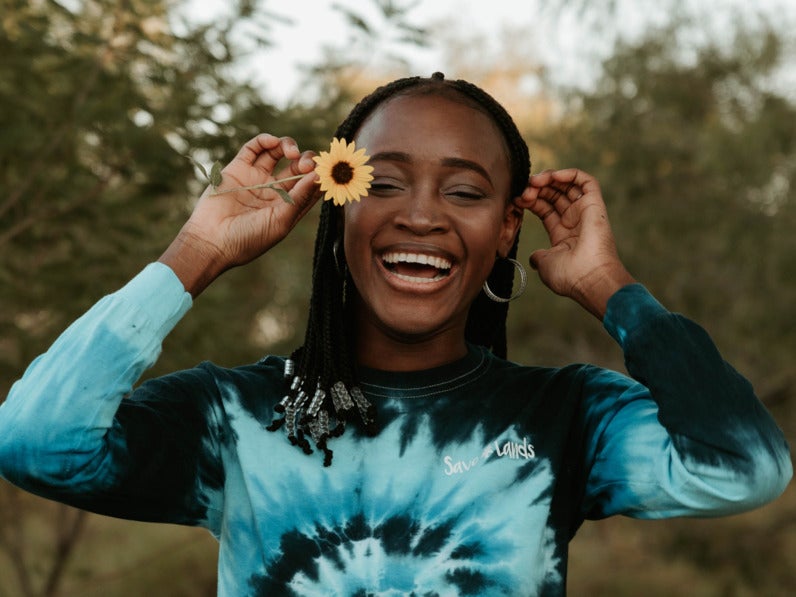The romance plot structure


The arc of every romance novel is the same: two (or more) people meet, feel drawn to each other, go through obstacles, and overcome them to be together. The reader comes to the romance genre to experience this arc, and every romance has to hit these story elements. This is the internal plot of the story, and delivering on this internal plot is essential to making your romance story work.
However, the internal plot is not enough on its own. Because it deals primarily with emotions, with how the characters feel about each other, it can be a bit unformed. It’s like caramel: sweet and delicious, but if we want to eat it, we need to hold it inside something.
The external plot is the chocolate shell that holds our romance caramel. The external plot deals with the characters’ Goals, Motivations, Conflict, Stakes. The external plot is made of events, decisions, and things happening that gives shape and urgency to the internal plot. The external plot needs to exist in order to prompt the evolution of the internal plot.
Conflict in Romance
Conflict is the problem the story concerns itself with. In romance stories, the main problem or question the story is about is: what is keeping these characters apart, and how are they going to get together? That’s what the reader is coming to the story for, and every scene of your story should either complicate or resolve that question.
Conflict in a romance is about the friction between the characters wanting to be together and the forces keeping them apart. This is a necessary component of the story that makes it feel engaging over the long term and satisfying at the end.
Just like a romance story has internal plot and external plot, it also has internal conflict and external conflict.
Internal conflict is when the romance is blocked by something within the relationship, like when a character believes they’re not worthy of love, or a character is scared to open up and be vulnerable.
External conflict is when the romance is blocked by something outside the relationship, like the fact that the characters are part of rival mafia families, or that one character owns a small bookstore and the other is part of a chain store trying to expand in the neighbourhood.
Some romance subgenres like mafia and romantasy have a lot of big, high-stakes external conflicts in the way of the romance. Other subgenres, like college or sports romance, have much smaller conflicts like being stressed about finals or recovering from an injury in time for the big game.
All romance stories should have both internal conflict and external conflict. External conflict comes from the GMCS, while internal conflict comes from the romance. In order to keep your story Engaging, external conflict should be present throughout the story in order to drive the internal conflict forward.
The Romance Plot Structure
Romance is defined by its internal plot structure, by the journey the main characters go on, but the internal plot needs to be propelled forward using the Goals, Motivation, Conflict, Stakes of an external plot.
We can bring these two things together by thinking about the structure of romance beats and integrating it with GMCS.
Romance Structure
This structure is adapted from Gwen Hayes’ Romancing the Beat
Section 1: Characters meet
- First meet/hook in the first chapter where the characters meet and we get a glimpse of what draws them together
- Establish the external plot with the characters’ GMCS
- Establish the opening emotional position for each character that they will need to grow from
Example: Priya landed her first big feature on the bad boy centre Alexander Maine, but when she walks into the interview, she discovers that he’s Alex, the guy she had a one night stand with last year–who ghosted her. Alex is the bad boy of hockey who’s trying to stage a comeback after an injury kept him off the ice last year. Priya’s assignment involves following the team for three weeks as they travel to games. Their chemistry is intense, but Priya won’t forget he ghosted, and besides, she needs this feature to go well in order to prove to her parents that she’s a serious journalist.
In this example, Priya’s GOAL is to write a great feature, and her MOTIVATION is to prove herself. Alex’s GOAL is to stage a comeback and his MOTIVATION is to prove he isn’t defined by his injury or any other bad things that have happened to him. These Goals and Motivations set up the frame for the love story to happen. Their GOALS mean they need each other, even as their personal history introduces friction and CONFLICT into this setup. Their attraction and their GOALS are opposing forces here that create more juicy CONFLICT as the characters are torn between their attraction and their external GOALS.
Section 2: Falling in Love
- External plot makes the characters spend time together–the GMCS of the story makes them to spend time with each other.
- Characters grow closer together and begin to realize they could be good together
- The experience of growing intimacy challenges the characters to move out of their starting positions
Example: Priya and Alex are forced to spend time together as they travel around for games. Alex slowly opens up to Priya’s interviewing, and she realizes he’s not a callous playboy like she thought. After a particularly tense game, Alex scores the winning goal. He and Priya kiss in the hotel afterwards, but she pulls back–having an affair with him while she’s on assignment could put her career in danger. She finishes up her last week on the assignment and leaves. As she’s getting on the plane to go back home, her email dings: Alex bought her plane tickets and a hotel room for the next city they’ll be in. Priya meets up with him and they begin a steamy affair. Their relationship has to stay a secret, and Alex often has to cut their dates short to go to practice or press junkets, but when it’s just them alone together, he treats Priya like she’s the centre of his world.
Section 3: Fall Back
- The characters realize how much change is required of them in order to be in a relationship and they retreat to their emotional starting positions.
- External conflict mirrors internal conflict and drives the characters apart.
Example: Priya’s work frenemy Jonathan discovers her affair with Alex. Jonathan promises to keep it secret if Priya agrees to share credit for her article with him. Torn, Priya agrees. Alex has to cancel their next date with no warning, and Priya takes it as a sign he isn’t committed to her. She breaks it off, unwilling to risk her career for a man who isn’t committed to her.
Section 4: Overcoming Obstacles
- The characters realize being together is worth the difficulty and decide to change
- The characters overcome external obstacles
Example: Alex shows up at Priya’s apartment. He missed their last date because his aunt was sick and he needed to be there for her. His aunt raised him when his parents were killed in a car crash, and she’s the only family he has left. Talking to his aunt made him realize that his feelings for Priya are the real deal, and he wants to go public with their relationship. Priya is torn between the love she’s always wanted and the career that means everything to her. She and Alex kiss passionately, but she tells him to leave. Later that evening, she gets a message from an intern at the sports magazine: Jonathan has been harassing her and she isn’t sure what to do. Priya helps the intern report Jonathan to HR, which results in him being fired. Priya also tenders her resignation. She’s decided to start an independent podcast for women interested in sports, using her connections in the industry to do what she’s truly passionate about. She and Alex reunite and commit to each other for real.



















